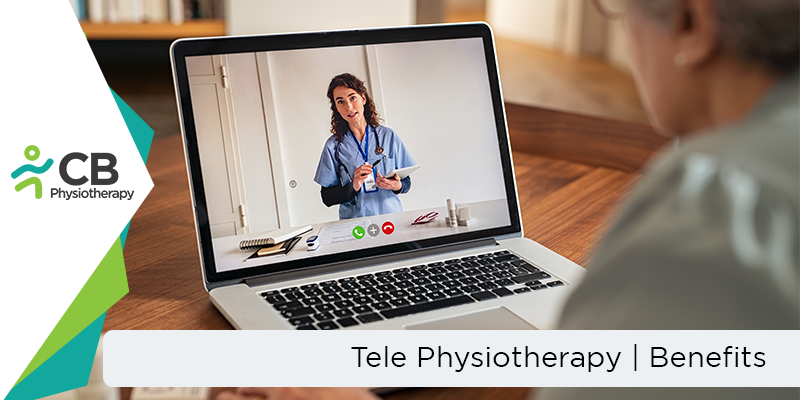Telephysiotherapy also known as Telerehab, Virtual physiotherapy, e-physiotherapy, or Online Physiotherapy is a clinical application of consultative, diagnostic, preventive, and therapeutic services via two-way interactive technology. In Telephysiotherapy we use telecommunication such as the internet and telephones through which we share videos, and images, and transfer data to provide physiotherapy services to the patients.
Research has shown that Telephysiotheapy provides multiple benefits for both the health system and patients as it optimizes the use of health resources and improves patients’ quality of life.
The main aim of Telephysiotherapy is to overcome the various barriers, which can refrain the patient/client from taking the treatment. Access to physiotherapy treatment can be hindered due to:
· Services unavailable in far-flung areas (remote areas).
· Adverse weather conditions.
· Clashes between the availability of the patient's time and the therapist’s time.
· Patients who are too ill to travel or have difficulty in mobility.
· Family person, who has children, old people, or household tasks to take care of.
· Cost-effective, when it comes to working patients/clients who can’t leave their jobs for treatment purposes.
· Transportation can restrict patients'/clients' access to health care services.
· The social distancing policies related to the COVID-19 pandemic have been examples of a major disruptor in the way of treatment.
The process starts with a proper evaluation of the patient via electronic mode. The history and onset of pain and symptoms can give many clues about the type of injury a patient has. Treatment will focus on sorting out the cause of the problem or condition, rather than just treating the symptoms. Baseline tests help to confirm the diagnosis. Once the cause is known the physiotherapist can start the treatment with exercises and self-treatment techniques.
Telephysiotherapy program is provided by the physiotherapist who designs the exercise schedule, sets, and repetitions for the patient which is to be performed by the patient in their home environment. Patients are provided with a detailed orientation about the exercise program by the physiotherapist, accessed by mobile phone, tablet, computer, video calls, and pre-recorded video material. The physiotherapist accurately monitors the progress of the patient from each session through telecommunication. Thus enabling the professional to track the patient's compliance with the exercise program.

